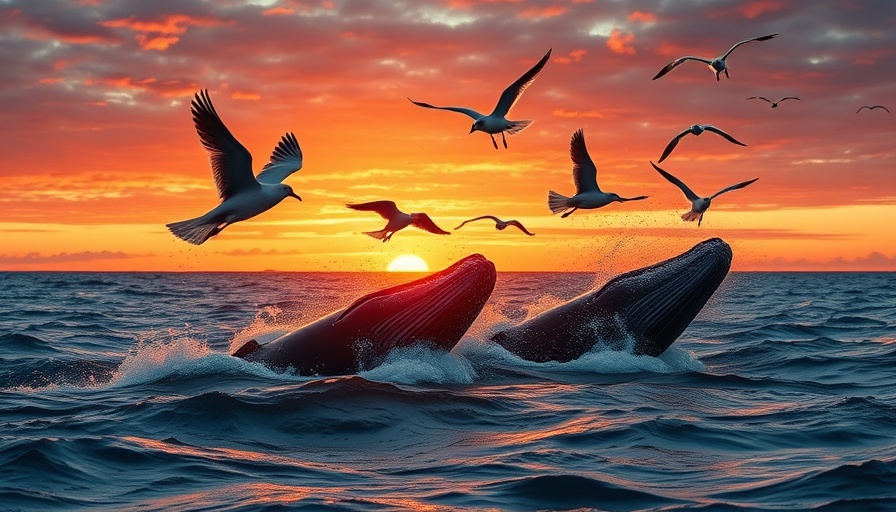
The Dawn of a New Era for Ocean Protection
As the United Nations Ocean Conference (UNOC) unfolds in Nice, France, a significant milestone has been reached with the ratification of the High Seas Treaty by 18 new countries, bringing the total to 49. This document, formally recognized as the Agreement on Biodiversity Beyond National Jurisdiction, stands as a historic endeavor to protect marine biodiversity across nearly two-thirds of the world's oceans—areas previously deemed lawless. With just 11 more countries needed to ratify, the potential to transform ocean governance seems closer than ever.
Momentum Builds for Global Ocean Conservation
UN Secretary-General António Guterres emphasized the urgency of this moment, urging remaining nations to join the effort and expedite their ratifications. This historical push draws attention to the critical need for a comprehensive regulatory framework that protects the high seas from exploitation and degradation amid ongoing challenges like plastic pollution and climate change. As Megan Randles of Greenpeace articulated, the High Seas Treaty could overcome the traditional notion of the ocean being a 'wild west' of unregulated activity.
The Pledge for Action: Financial Support for Implementation
In a show of commitment, the President of the European Commission announced a pledge of 40 million euros from the European Union to assist in the implementation of the High Seas Treaty. This funding aims specifically at empowering African, Pacific, and Caribbean nations, fostering a collaborative approach to ocean governance that transcends borders. Efforts like these are pivotal in advancing the treaty's objectives and ensuring that the high seas are well-maintained for future generations.
What This Means for the Future
The ratification of the High Seas Treaty is a beacon of hope for ocean ecologists and health enthusiasts alike, as protecting marine biodiversity is intrinsically linked to global health. Healthy oceans ensure food security, influence climate patterns, and contribute to medicinal resources derived from marine organisms. The push for this treaty aligns with global initiatives aimed at achieving a '30x30' goal—protecting 30% of land and sea by the decade's end—emphasizing a synergy between international cooperation and environmental health advancements.
A Call to Action for All Nations
The High Seas Treaty is not merely a legal document but a framework for sustainable ocean management that requires active participation from every nation. As we approach the threshold for making this treaty operational, the call to action becomes vital: countries must swiftly ratify this agreement to facilitate protective mechanisms that benefit both marine and human health. Individuals should advocate for their governments to prioritize this initiative, highlighting the interconnectedness of our oceans’ health and our own.
 Add Row
Add Row  Add
Add 




 Add Row
Add Row  Add
Add 



Write A Comment